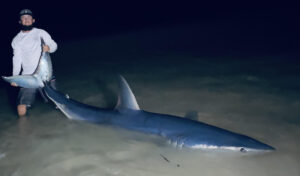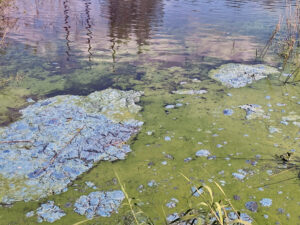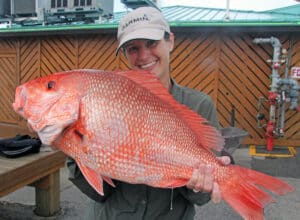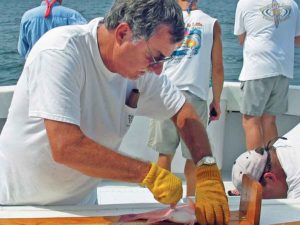Dr. Bob Shipp, a member of the Gulf FMC (and a longtime Sport Fishing_ Fish Facts expert) has called upon the the council to clarify what qualifies as artificial structure, an action that could lead to the lush reefs growing on decomissioned oil platforms being classified as Essential Fish Habitat. Read the full story here:_
CCA applauds Council action to protect Gulf habitat
_
Anglers have high hopes for debate over value of artificial structure_
A motion made at the Gulf of Mexico Fishery Management Council meeting last week in Mobile, Alabama, could be the first step to protecting what has been regarded as the largest man-made reef in the world – the vast forest of energy-related structures in the offshore waters of the Gulf of Mexico. Dr. Bob Shipp’s request to have Council staff clarify the definition of what qualifies as artificial structure could pave the way for rigs and other vital reefs to be classified as Essential Fish Habitat.
“For anglers who have been greatly concerned about the impact of this Administration’s directive to summarily remove all non-producing energy structures, this is a very welcome development,” said Pat Murray, president of Coastal Conservation Association. “This is a chance for the Gulf Council and NOAA Fisheries to take a stand to protect that habitat, and we are grateful to Dr. Shipp for presenting this opportunity.”
In a misdirected response to the Gulf oil spill, the U.S. Department of Interior issued a directive in October of 2010 ordering that all non-producing rigs be plugged and any remaining structure removed within five years of the issuance of that directive. There are approximately 3,500 offshore structures in the Gulf of Mexico and the directive, known as the Idle Iron Policy, would immediately impact roughly 650 structures that have not produced oil or gas within five years of the directive issue date of Oct. 15, 2010.
“Anglers have already noted with alarm the disappearance of some rigs that have been in place for years – sometimes decades – that provided the base for flourishing ecosystems,” said Murray. “It is a completely avoidable tragedy, and we hope that the Council and NOAA Fisheries will do what it can to halt this needless destruction.”
Sen. David Vitter (R-La) and Rep. Steve Palazzo (R-Ms) have filed legislation that would prevent rigs and other structures from being summarily removed from the Gulf of Mexico, but both bills face a difficult road through the current Congress. A decision by NOAA Fisheries to declare artificial structures Essential Fish Habitat would be a significant addition to legislative efforts.
In 2009, Dr. Shipp and Stephen Bortone published a paper on the importance of artificial habitat on the management of red snapper in the Gulf of Mexico which credits the deployment of energy structures in the mid-20th century for greatly increasing the harvest potential of red snapper.
“If the habitat limitation hypothesis is correct, and I believe it is, then it would be necessary to maintain or even increase the amount of artificial habitat in the northern Gulf of Mexico to keep pace with fishing pressure,” said Dr. Shipp. “Taking it out makes no sense whatsoever.”
To learn more about this issue, visit the Rigs to Reefs page on the CCA website, www.JoinCCA.org.








